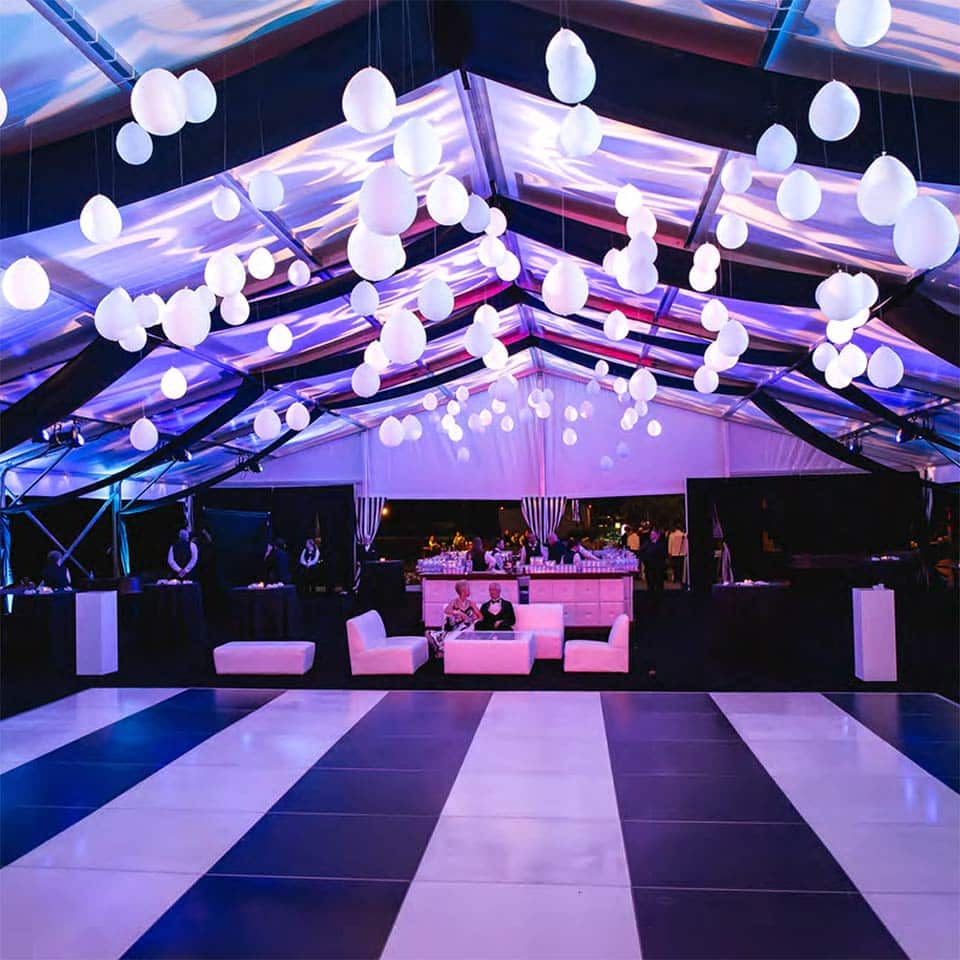A Revolutionary Power in Lighting at Enhancing Dancing Area Visuals
Illumination plays a critical role in creating the environment of a dance floor. It can change a basic space into an exciting setting that boosts the complete encounter for dancers and audience alike. The correct lighting can affect the vibe, energy, and even the form of the dance being executed. By using different types of lighting, such as focused lights, colored lights, and flashing lights, event organizers can establish a vibrant setting that enthralls the audience and promotes involvement.
One of the primary functions of lighting on a dancing area is to showcase the dancers. Focused lights can be used to direct attention on solo dancers or groups, making them the center of attraction. This method not only displays their actions but also adds a dimension of drama to the show. When dancers are lit properly, their expressions and techniques become more visible, allowing the audience to appreciate their skills. This focused lighting can also help to create a story, leading the spectators through the show.
In furthermore to showcasing performers, colored lights can significantly impact the mood of the dance floor. Various colors elicit varied feelings; for example, warm colors like red and orange can create a sense of excitement and energy, while cooler colors like azure and emerald can encourage tranquility and ease. By thoughtfully using colored lights, event planners can manipulate the atmosphere to align with the concept of the occasion or the type of the dance. This thoughtful approach to lighting design can improve the complete encounter for all involved.
Strobe lights and other active lighting features can also add excitement to a dance floor. These effects can create a sense of beat and motion that matches the music being played. When synchronized with the check this site out rhythm, flashing lights can make the dancing area feel vibrant, encouraging dancers to groove in time with the flashing lights. This interaction between light and sound can boost the vitality of the event, making it more enjoyable for both performers and audience. The use of such features requires careful planning to ensure they enhance rather than divert from the show.
Ultimately, the overall design of the lighting setup is crucial for establishing a cohesive aesthetic on the dancing area. A carefully planned lighting strategy considers the layout of the area, the kind of performance being performed, and the audience's experience. By combining different lighting techniques, such as ambient lighting, highlighting, and unique features, organizers can create a aesthetically impressive environment. This attention to detail not only enhances the performance but also creates a lasting impression on the spectators, making the event unforgettable. In summary, the transformative power of lighting is essential in improving dance floor appearance, establishing an engaging and enjoyable encounter for everyone.